I have a friend who had a hybrid sedan. According to him, he only filled up his tank once a month. A MONTH. He was still living in the city back then and had other cars in his garage so that claim might be an exaggeration. Still, I was intrigued. Is a hybrid car really that frugal in sipping fuel?
I asked a few brands about this curiosity of mine and one of them happily agreed and accommodated my schedule. Honda Cars Philippines lent me their CR-V RS e:HEV for one month to see just how far their iconic crossover can go.
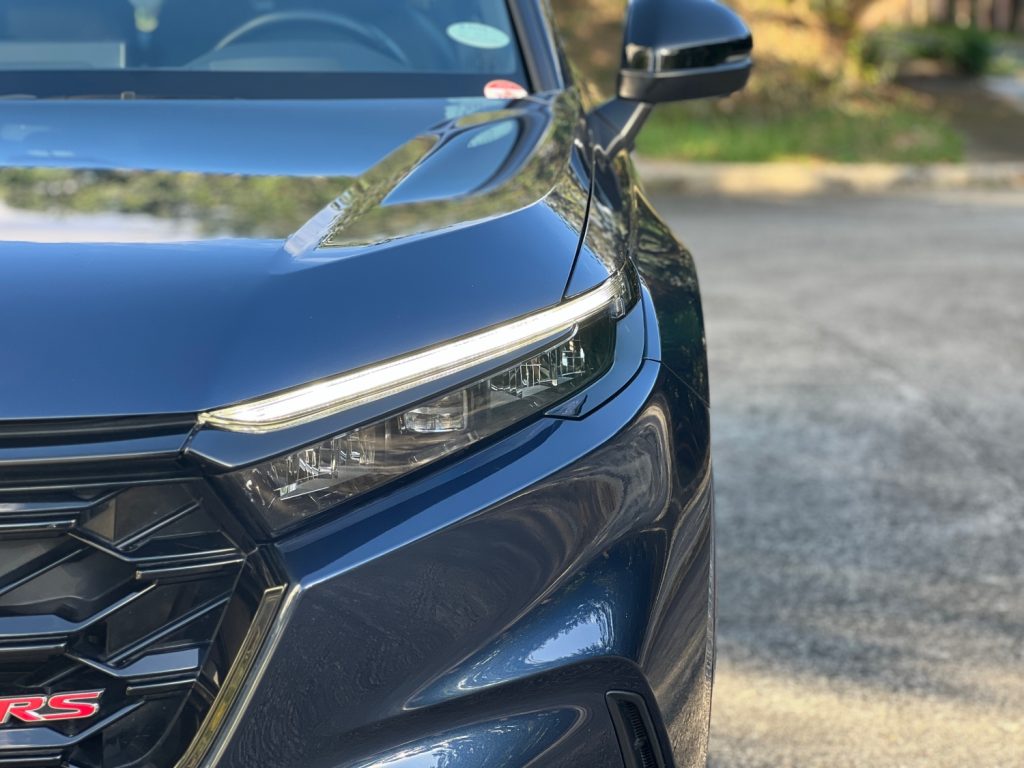
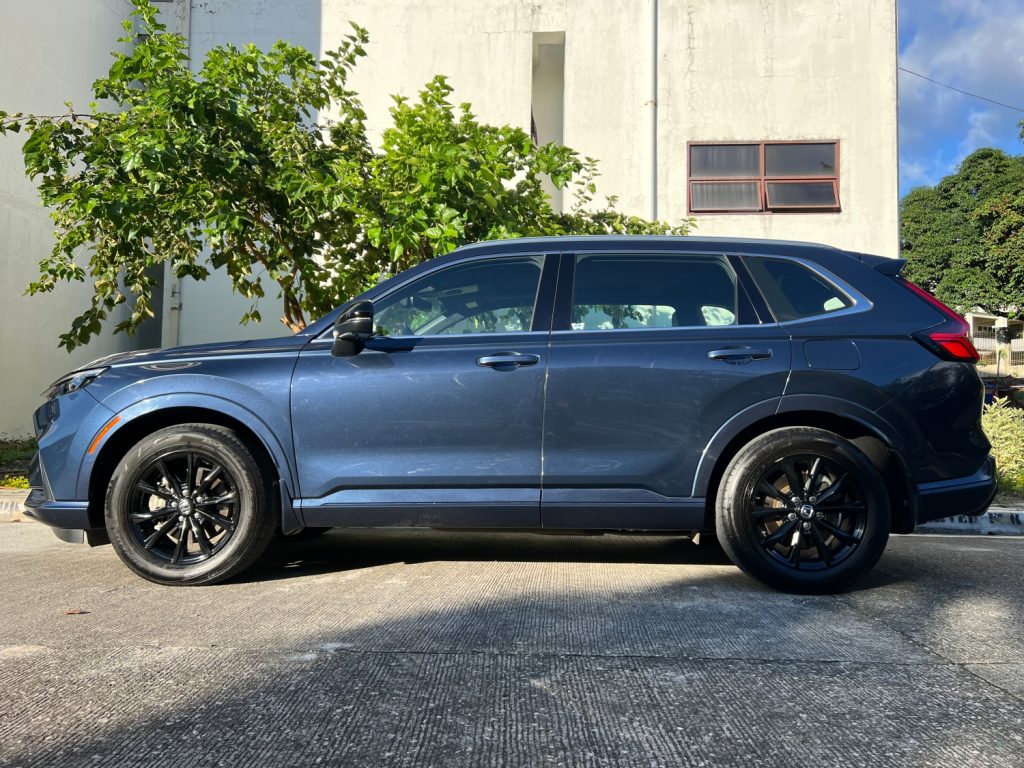
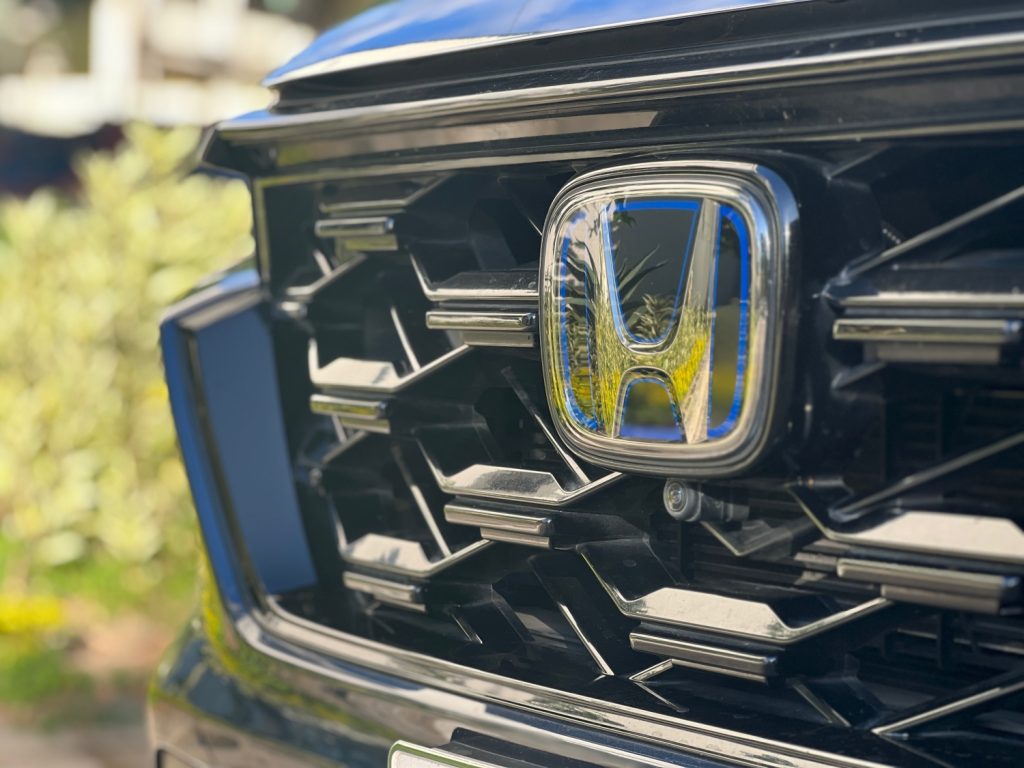
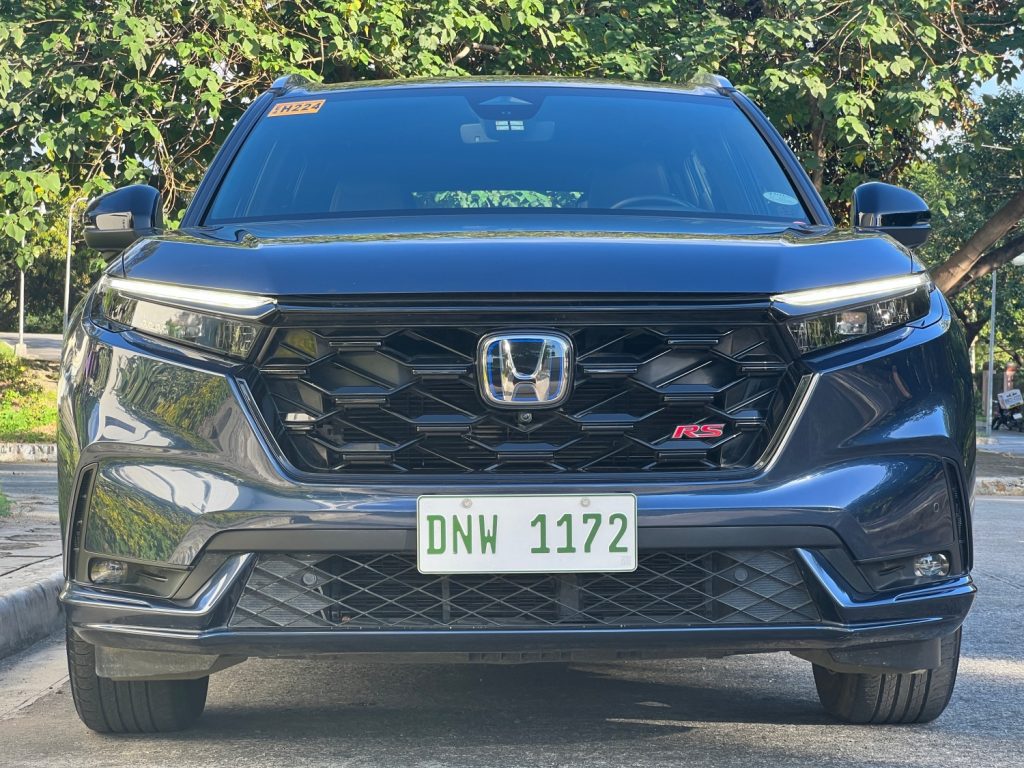
e:HEV Difference
Before we get down to the numbers, let’s first discuss how different is the CR-V hybrid against its turbocharged gas-engine brothers. The biggest contrast is the seating capacity (aside from the obvious powertrain). The gas-powered CR-Vs have 7 seats while the e:HEV only has 5. The reason for this is the battery for the hybrid system takes up the space meant for the third-row seats. The upside to that is a really generous and flat cargo area that can fit a bass guitar sideways (not all SUVs can do that!) and even fit a 10-kg washing machine (with the second row folded).
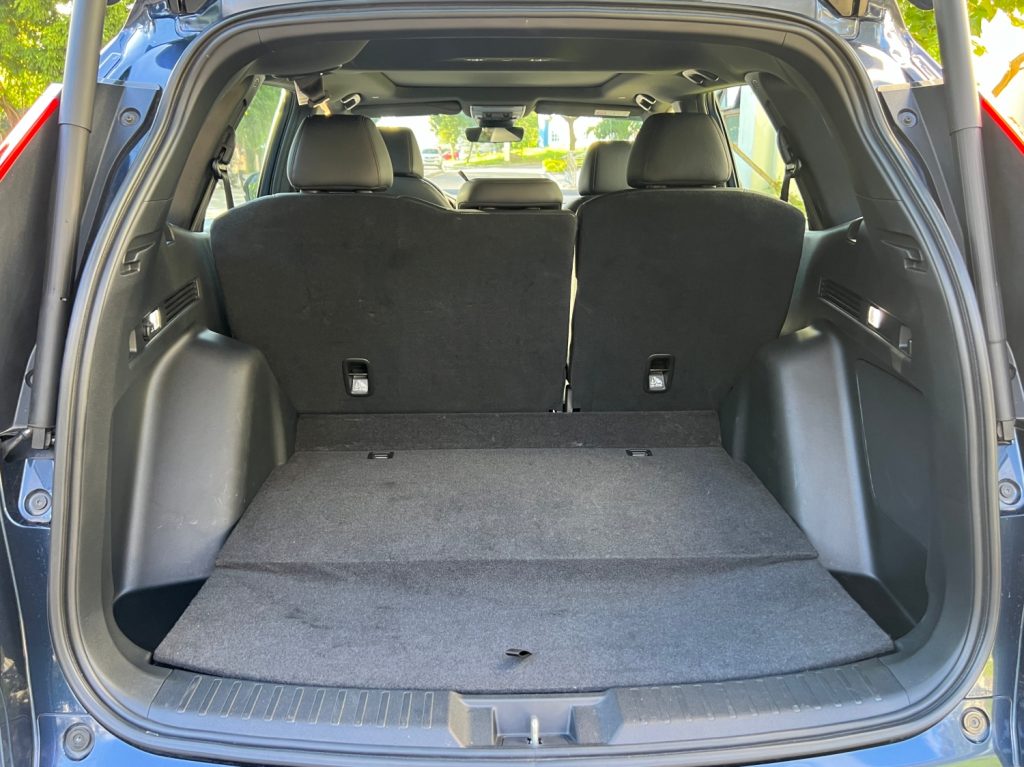
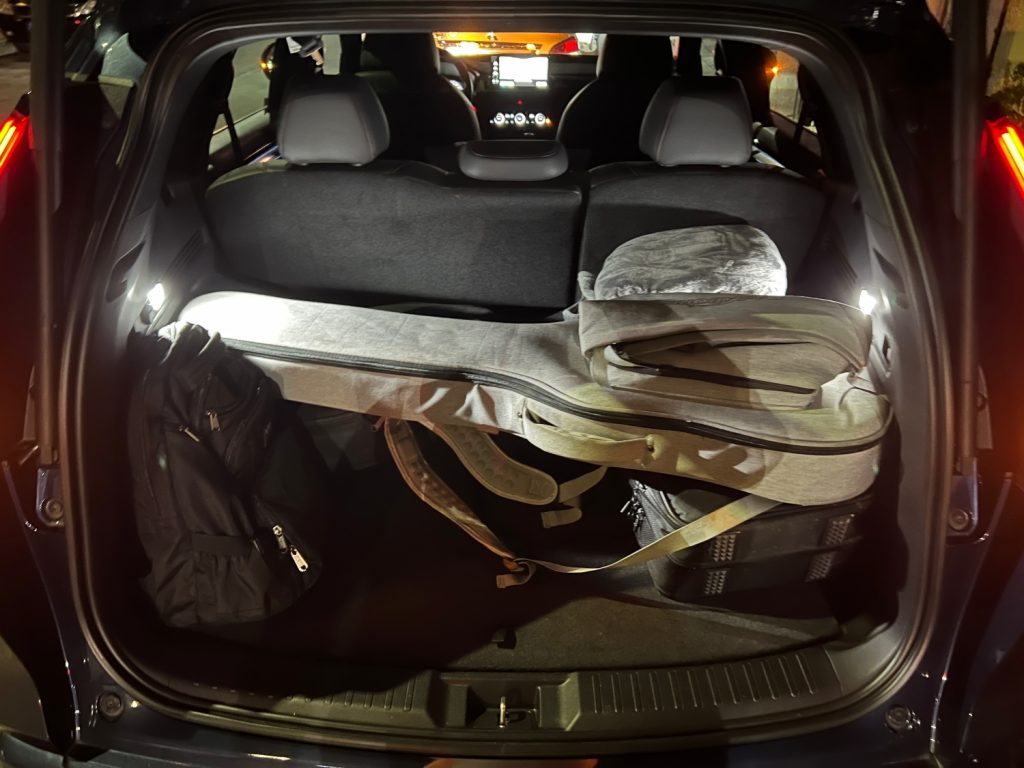
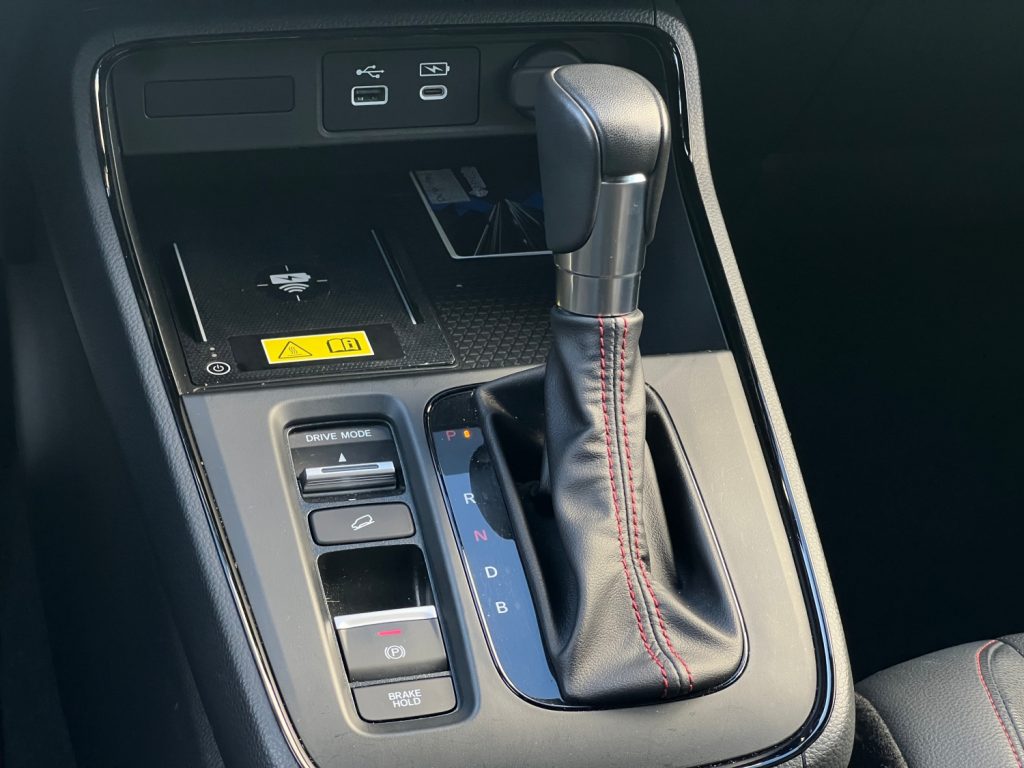
Another major change is the different functions of the gear and paddle shifters. Unlike in conventional cars with automatic transmission, the shifter’s B mode isn’t for engine braking and the paddle shifters aren’t for shifting simulated gears anymore. Both are now related to the CR-Vs regenerative (regen) braking levels.
The CR-V basically has 5 levels of braking. First is the slight braking in Drive Mode when you lift from the throttle, then 4 stronger levels of braking in B Mode. Alternatively, you can activate the 4 stronger levels of braking in Drive Mode with the paddle shifter. The level of braking also determines how much you are charging the battery with every lift off the throttle.
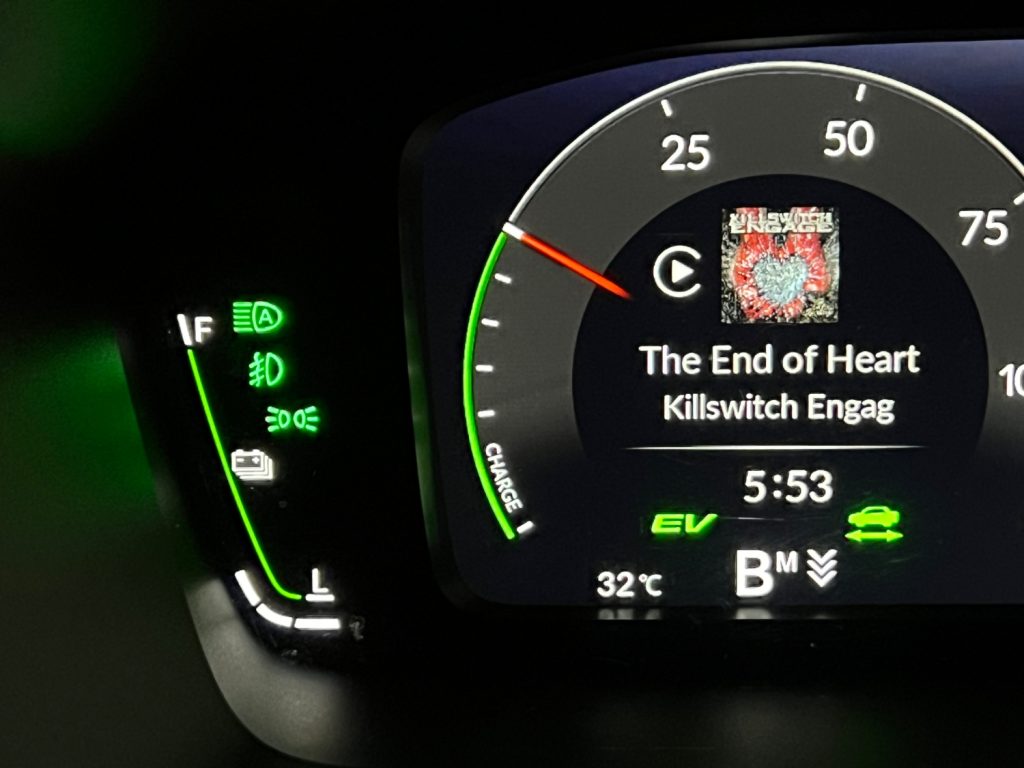
In the city, the CR-V is most efficient when using B mode in the 3rd-4th level depending on the traffic crawl, together with Auto Brake Hold. It’s so strong that it allows the driver to operate the CR-V with only the throttle pedal. This way, you are charging the batteries as much as possible so that most gentle acceleration can be handled by the electric motors alone, which saves you fuel.
On the highway though, it’s better to be in Drive mode with its default regen level. Most of our highways, including Skyway, have ups and downs. Activating the stronger levels of regen braking means losing momentum and you lose speed on the descents.
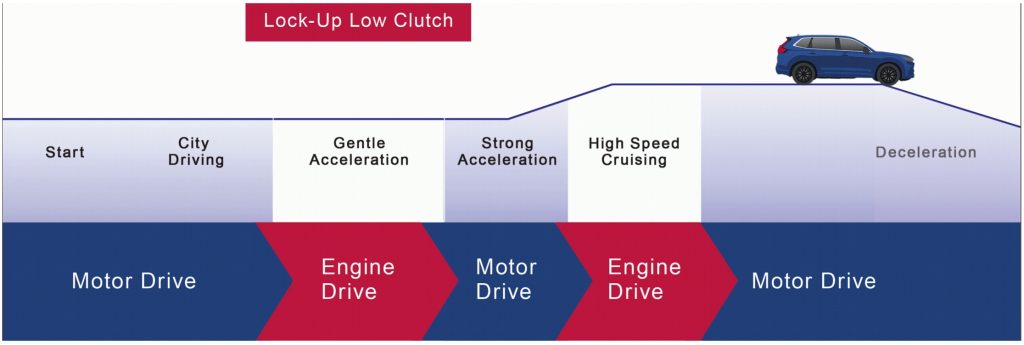
A peculiar difference in the CR-V over other hybrids is the lack of EV Mode button. It automatically activates the EV mode based on your behavior against their preset conditions. In my experience though, it mainly depends on your throttle pressure and the battery’s charge. Acceleration from zero can be on EV mode, unless you floor the throttle. High speeds can also be in EV mode once you are consistently there and there’s a lot of charge on the batteries. You can also trick the CR-V into activating EV mode in an unlikely scenario, like going uphill. If you have enough momentum, you can lift your foot off the throttle then gently apply pressure again. Again, this will all boil down to the battery’s charge. It’s unfortunate that they didn’t have a setting where you can set when the battery can be charged and when it stops charging. Only the CR-V decides when that happens.
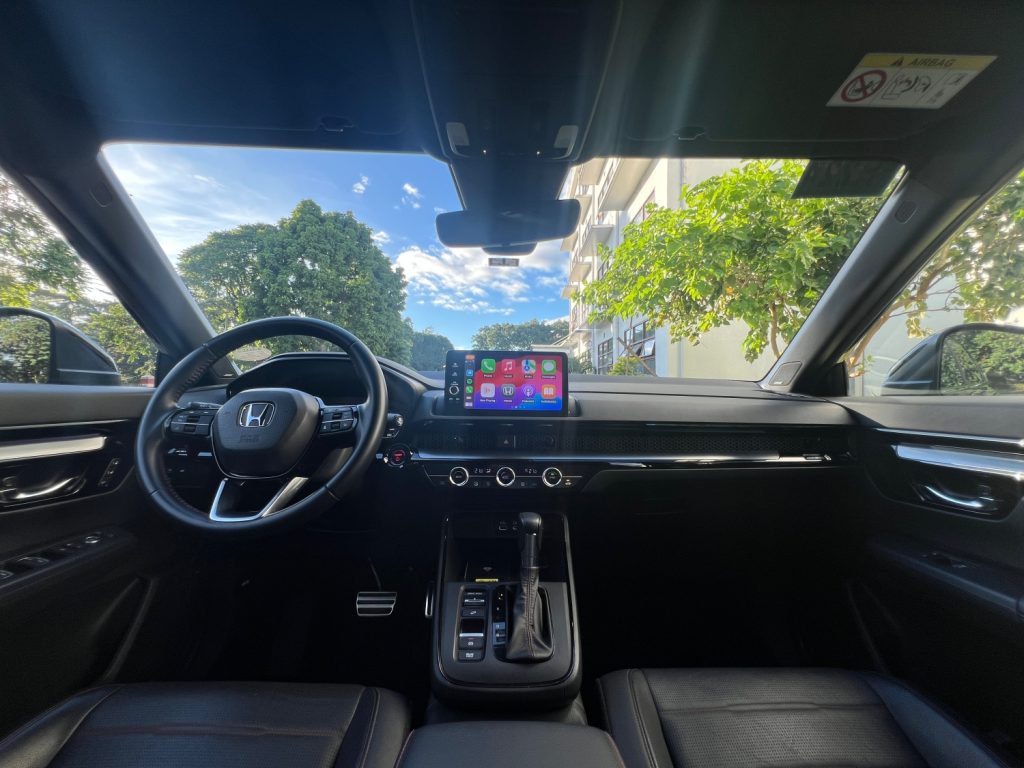
The Actual Test
There’s no letting up in mileage in this test. I went back and forth between San Rafael, Bulacan and Metro Manila then had events in Mandaluyong, Pasig, Makati, and BGC consecutively at one point. I had rehearsals in QC, gigs in QC, Makati, and Batangas. Then more work events in Greenhills, Pasig, BGC, Makati, Balintawak, Sta. Rosa, Laguna, and Cavite. Remember that I was always heading back to San Rafael, Bulacan after these work events and music gigs. Add to that the holiday rush since this was done in November and carmageddon was in full swing. The whole day, every day, was rush hour in EDSA.
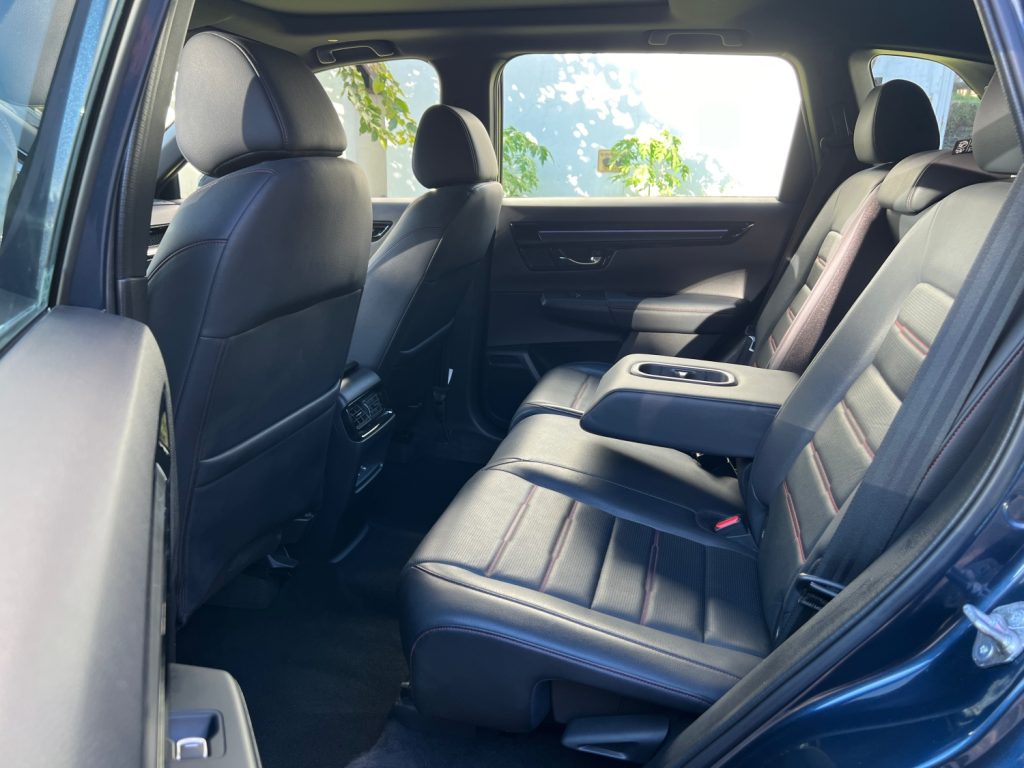
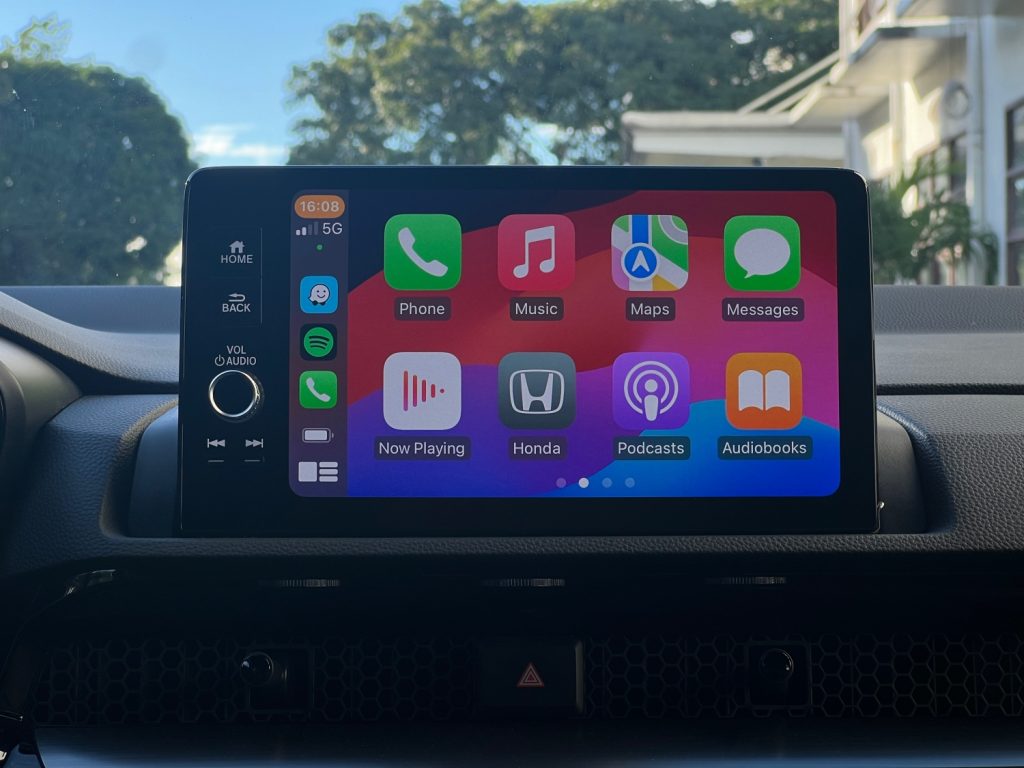
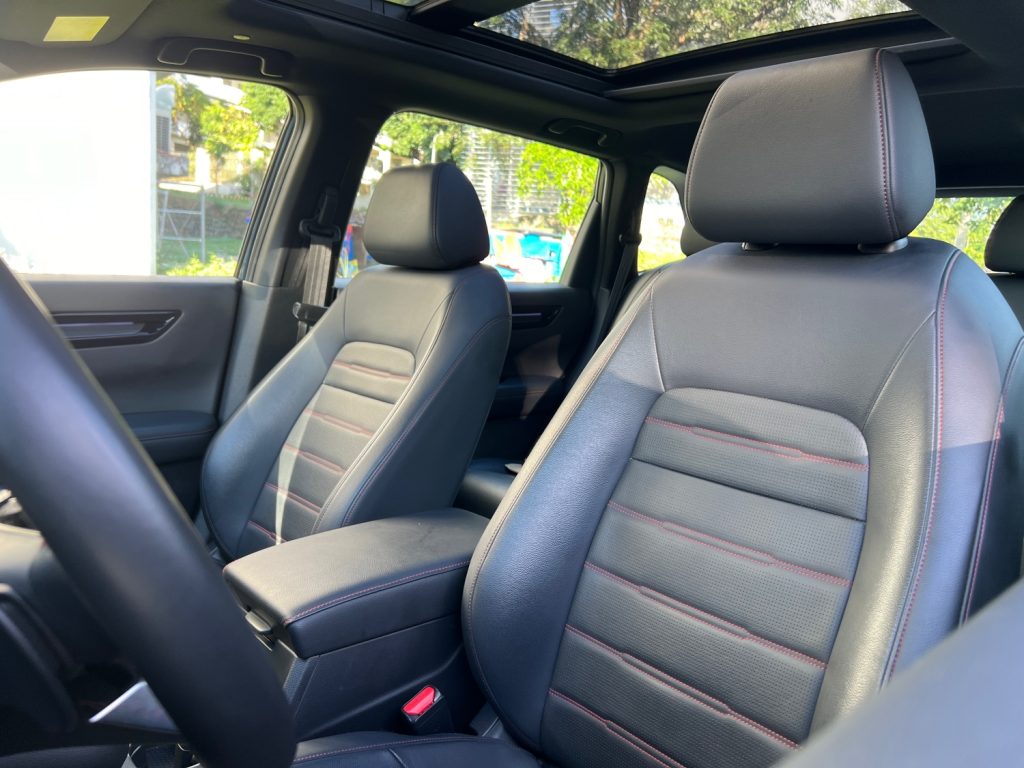
The CR-V had a full tank of gas and 829 km of range when I got it on October 30. It truly is efficient as it logged 16 km/l in the city even with the holiday traffic. The CR-V remained stellar on the highway with 27 km/l. The question is, how efficient is it in the long run?
It’s first full tank lasted until Nov 10 with me. I surpassed the original 829 km of range as my usage totalled 1,007.5km – a 178.5km gain. My second full tank gave me a higher starting range of 968 km. It lasted until Nov 22 with a 59 km gain from the original range, finishing the trip at 1,027km. It may not have beaten the once a month claim of my friend, but that’s expected. He was driving mostly in the city (and not during ber-months) while I drove the CR-V between provinces almost daily and I had the holiday rush against me.
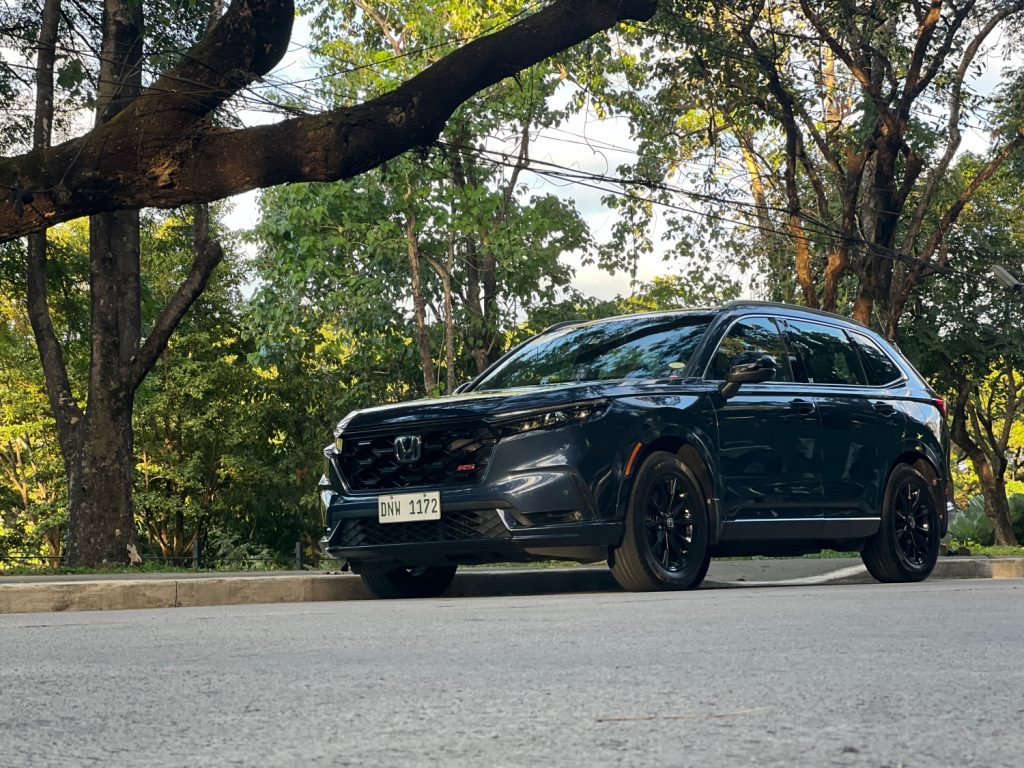
The fuel spending of the CR-V e:HEV when it was with me was around PHP 8,000 pesos for one month. For comparison, I spent PHP 11,000 a month during October to December for the fuel of my personal Suzuki Celerio last year. The fact that a mid-sized crossover like the CR-V is more frugal than my dinky Celerio is further proof how legit hybrids are in fuel efficiency.
It may be expensive at P2,590,000 but the Honda CR-V e:HEV surely proved it’s worth it. The absence of 2 more seats might be a downer for some but we can’t have it all in life. What you can have in this CR-V is great comfort for all occupants, a generously sized cabin, lots of cargo space, and a hybrid system that performs better than what Honda’s marketing materials say. Trading 2 seats for this hybrid system is a deal I’ll take every single time.

